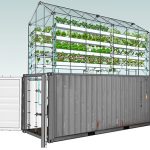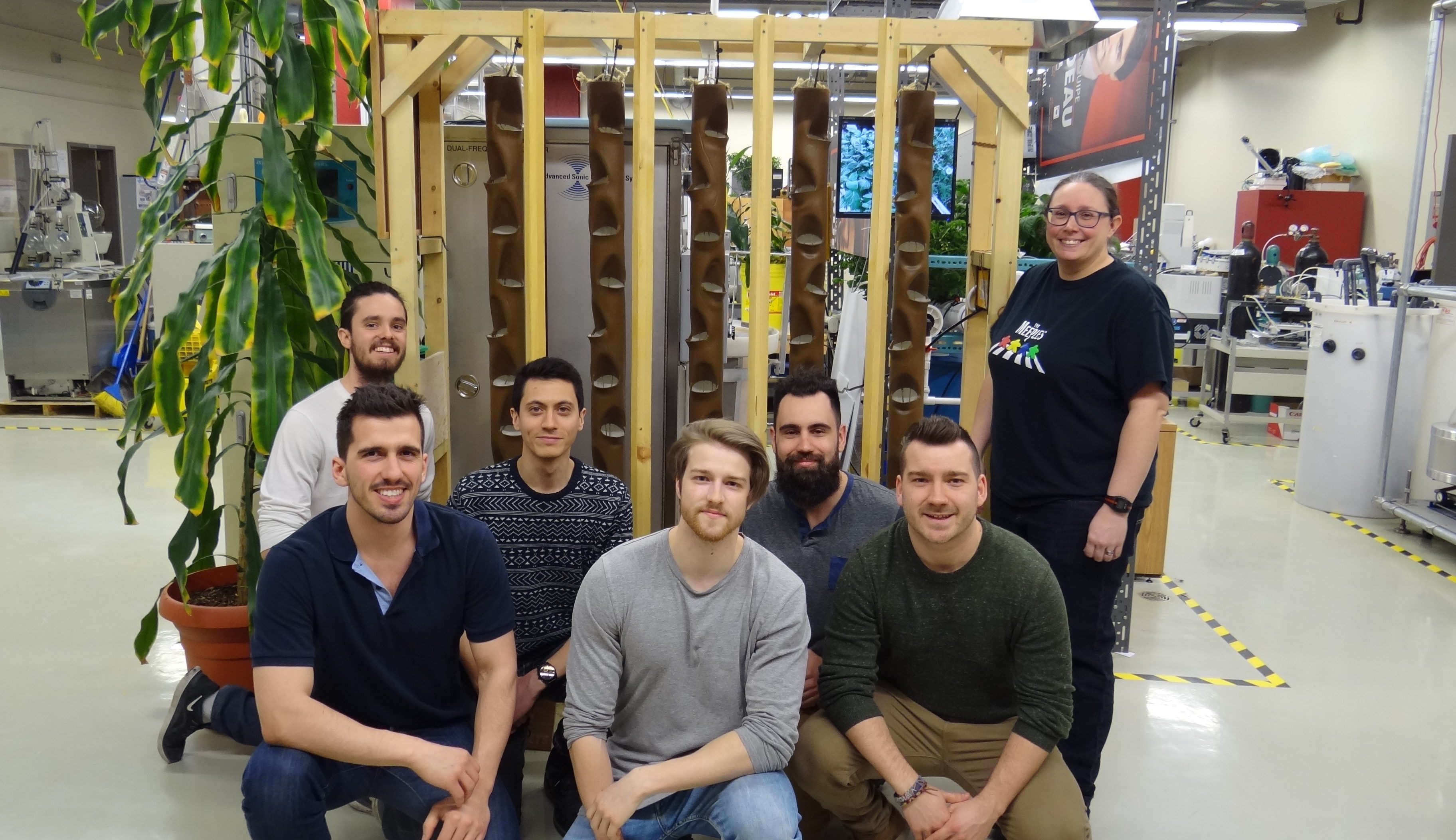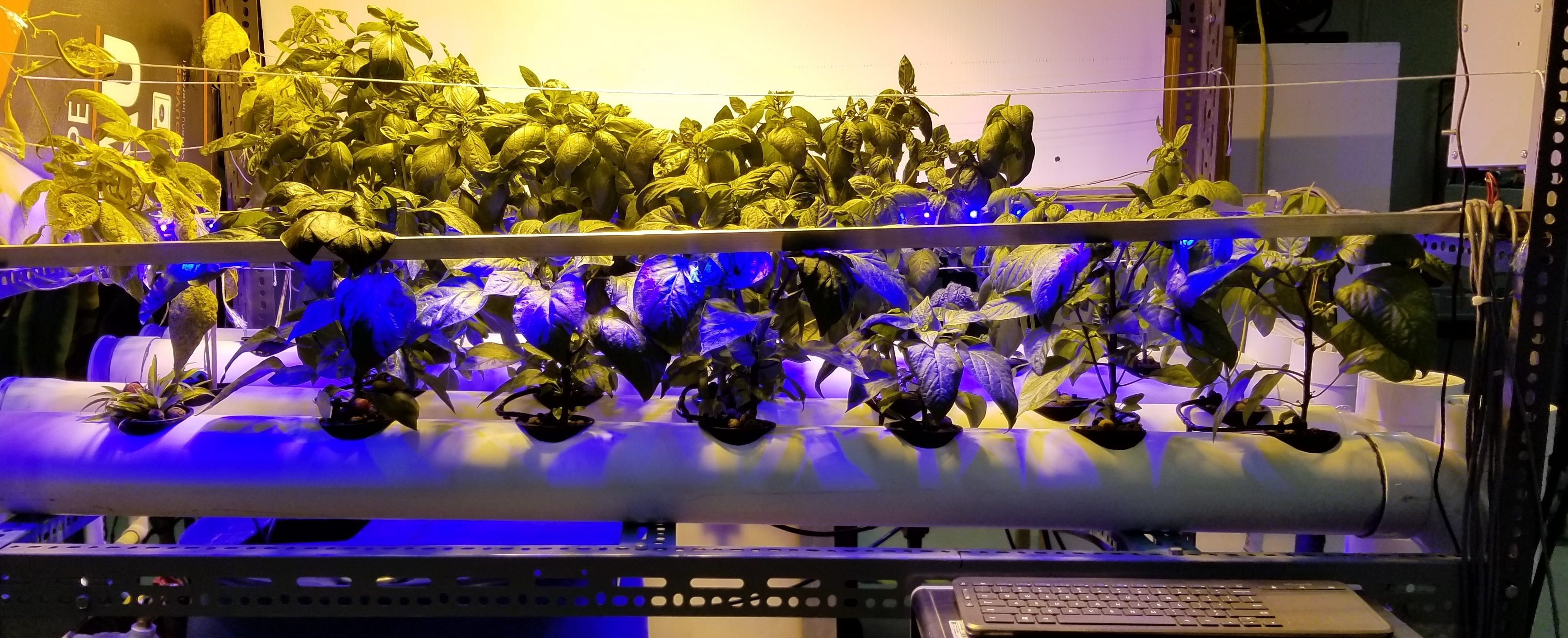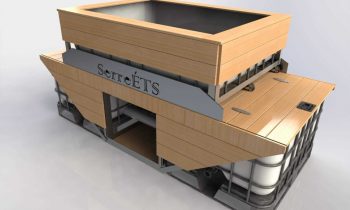Serre Ets
SerreÉTS vise à démontrer la faisabilité et la viabilité de l’implantation d’installations et de techniques de production agroalimentaires en milieu urbain.

Notre Mission
Le principal objectif de SerreÉTS est de concevoir, d’implanter et d’exploiter une serre.

Notre Équipe
Venez rencontrer les membre du club SerreETS!

Nos projets
Nous avons plusieurs projets en cours, venez y jeter un coup d'oeil!
Des questions?
Passez nous voir au local D-2015
CAD du système
Ce rendu a été fait par Danick Thibault sur le logiciel SolidWorks afin de modéliser
Croquis de conception
Ce croquis a été effectué par Cédrick Charest (co-capitaine du club) afin de déterminer la




